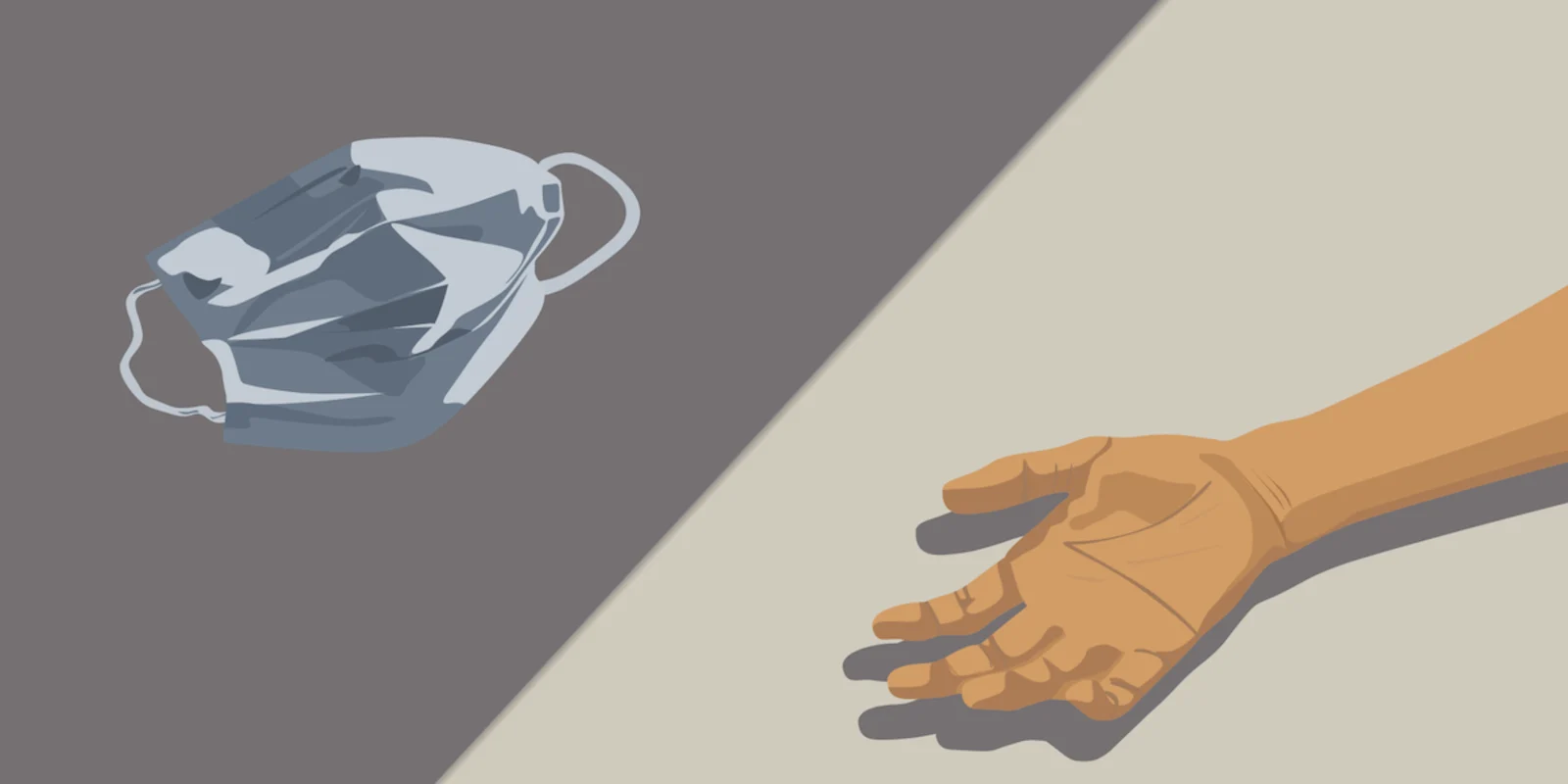A year ago, my email inbox was inundated with announcements from mental health organizations predicting that we would be swamped by a vast sea of mental health problems — fallout from the wave of viral infections flooding the planet. Since then, hundreds of newspaper and journal articles have documented increased levels of stress in the population, and surging rates of depression, anxiety, substance abuse, and PTSD.
We know that COVID-19 can damage the CNS, cause CNS inflammation (implicated in long COVID-19), and trigger strokes through enhanced blood clotting. We know that the deaths of hundreds of thousands of Americans have been traumatic to survivors — a trauma potentially compounded by unemployment, financial distress, and social unrest. A bungled federal response to the pandemic, along with a contentious election, may have added to the stress.
However, the anticipated tsunami of suicides hasn’t shown up in the data so far. Suicide rates actually appear to have dipped slightly in the past year. As the CDC continues to compile nationwide mortality statistics for 2020, several states have released monthly reports on deaths, including data on suicides. California reported 2,824 suicides from March through November 2020, a roughly 18% decline compared to the same months in 2019 (3,433 suicides), 2018 (3,471), and 2017 (3,381).
States as disparate as Florida and Minnesota reported similar drops in suicide deaths, while Vermont and New Mexico failed to find any increase in overall suicide deaths, regardless of age. Although the media has directed attention to rising rates of suicide among youth, particularly Black youth, these numbers largely reflect a trend that started several years prior to the pandemic. Confusingly, many of these articles include poignant anecdotes of pandemic suicide deaths interspersed with statistics from pre-pandemic years. While it is possible that local hospitals or small jurisdictions may have encountered higher rates of suicide in 2020, I have yet to find a single state that has registered such an increase.
Although the U.S. has experienced a pronounced decline in suicide deaths during the pandemic, this might not be the final story. When I was in training, we were taught to be vigilant for suicide attempts in the first several weeks after starting antidepressants. The warning arose not out of fear that the medications would cause new suicidal thoughts, but because, paradoxically, patients might find more energy and determination to kill themselves. Similarly, while depression rates in northern climates peak during the winter, suicide rates actually peak a few months later, in early spring. The predicted wave of pandemic-related suicides could still be ahead of us, perhaps even as we see the pandemic itself subsiding.
Before condemning the hype surrounding a potential increase in suicides during the pandemic, it’s worth considering whether we created a protective effect by directing so much attention to mental health issues. From the onset, online and traditional media widely publicized the possible mental health consequences of COVID-19. We encouraged people to take care of themselves, to seek help when distressed. We made strong efforts to destigmatize feeling overwhelmed, depressed, anxious, or suicidal. We recommended against substance abuse and promoted healthier ways to deal with emotions. Perhaps these warnings had a protective effect and prevented suicides.
The forced togetherness of quarantines and shutdowns, while contributing to stress at many levels, also may have helped reduce suicide rates. Unlike the preexisting world, where many people had uninterrupted stretches of time alone, many people during the pandemic were placed under ongoing, if partial, surveillance. In particular, most teenagers had far less time removed from the presence of adults. The lockdowns potentially reduced accessibility to the means of quickly killing oneself, and decreased opportunities for unobserved, impulsive actions. Sheltering in place may have also reinforced the social consequences of taking one's life. Constraining people in their homes, with others just a room away, may have inhibited suicidal behavior.
In my own practice, for at least a subset of individuals with preexisting depression or anxiety, the pandemic has surprisingly led to improvements in mental health. Seeing the entire world face terrible circumstances can create a sense of unity with others. (We’re all in this together.) For others, the pandemic may have provided concrete proof to justify their negative feelings about life. (Now we know that the world is a mean and scary place.) Some people I work with felt that the world finally understood them. (Now you know what my suffering has been like.) Others experienced the glee of schadenfreude. (I’m glad your perfect little world is hurting too.) And perhaps most powerfully, for some individuals, the pandemic illuminated a path to transcendence. (So much misery helps me look past my own pain to seek greater significance in life.) If life involves the work of translating suffering into meaning, for many, the pandemic has been a brilliant teacher.
The coronavirus “pandecimated” our world. Millions have died. Millions more lost their jobs, their homes, their loved ones, their minds. Every suicide death is a tragedy, but so far we have been spared the meta-tragedy of a surge in suicide deaths. Perhaps our collective experience with the coronavirus can guide us to make the post-pandemic world more welcoming, and to help humans become more resilient against the urge to kill themselves.
What trends in mental health have you seen emerge during the pandemic? Share your thoughts in the comment section below.
John Kruse MD, PhD, earned his doctorate in neuroscience and has been working in San Francisco as an outpatient psychiatrist for the last 25 years.
Image by lingporntip / Shutterstock
If you or someone close to you is experiencing thoughts of suicide, please call the National Suicide Prevention Lifeline at 1-800-273-8255 or text HELLO to the Crisis Text Line at 741741.







